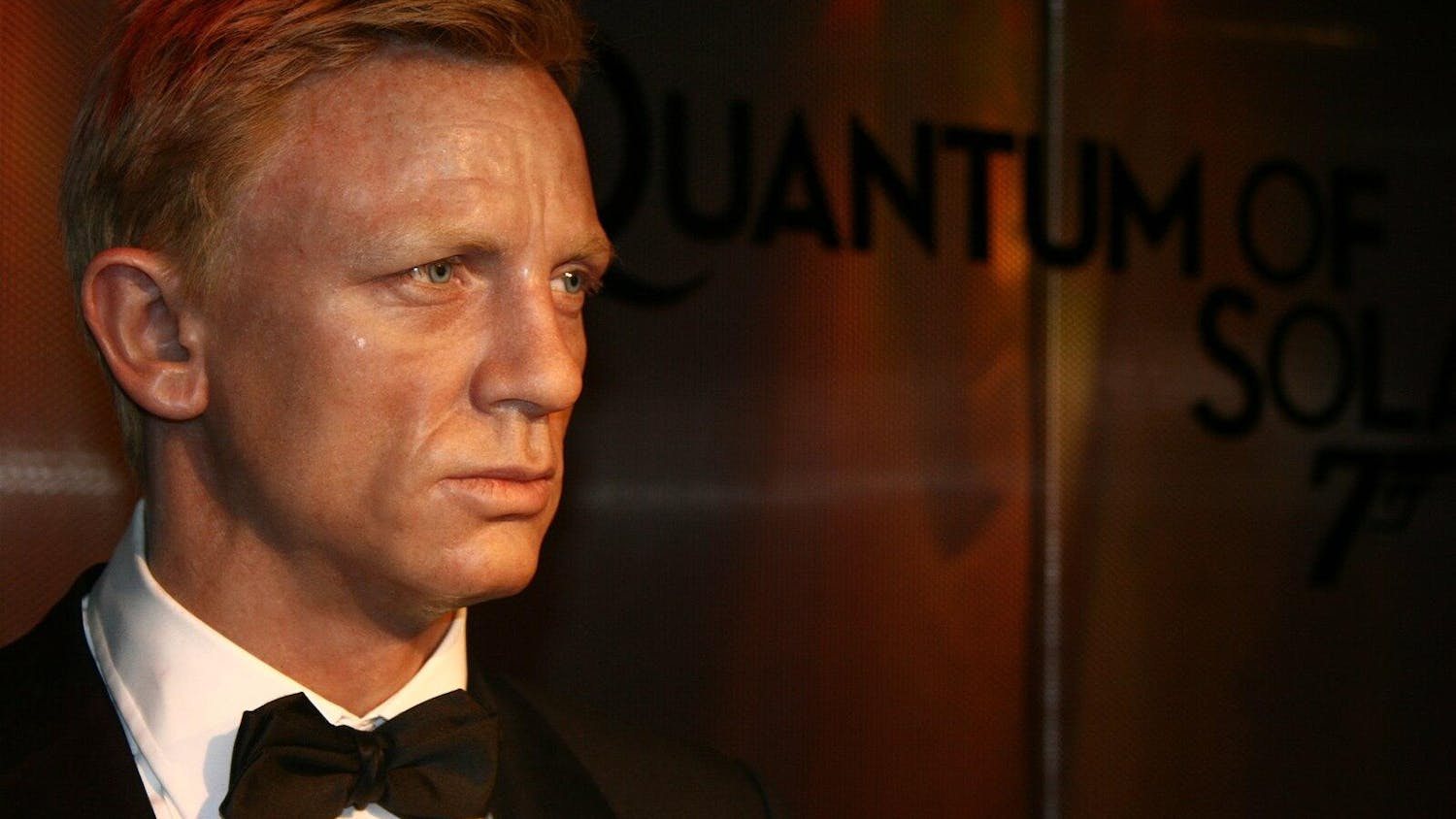"Art in the Age of the Internet, 1989 to Today," an exhibit three years in the making, formally opened up to the public on Feb. 7 at the Institute of Contemporary Art (ICA) in the Seaport district. Upon opening, the exhibition sent shock waves throughout the art community of Boston with its unique approach to a topic as broad as how art has changed since the internet went public in 1989.
The period from 1989 to 2018 is vast, especially in the world of art, so the ICA's new exhibit is necessarily quite large. With 60 artistsand more than a dozen other contributing museums and institutions (including Tufts' very own School of the Museum of Fine Arts and Tufts University Art Galleries), this exhibit can be quite time consuming if proper attention is given. At first glance, the show feels overwhelming and confusing, which could be done to mimic the idea of the internet itself. Both the exhibit and the renowned forum are immense and discombobulating at times. You see something new with every turn of the head, but having to break things down and see each piece, like each individual website online, is significant in its own way. This approach to setting up the exhibit is clever, yet also creates the feeling of being sucked into an alternate reality, which some may consider analogous to the internet.
While the exhibit contains an impressive 72 piecesin a variety of different media, including video art, painting, sculpture, photography, digital art and more, there are definitely a few obvious showstoppers. The pieces themselves are organized into five categories: "Networks and Circulation," "Hybrid Bodies," "Virtual Worlds," "Surveillance" and "Performing the Self."
The first piece that shocks with its innovative and creative concept is "American Flag" (1989) by American artist Gretchen Bender. Hung up high on a facing the entrance to the first large room, this flag is not typical. The traditional image of the flag seems to be in a state of transition, morphing the image we all know so well. Since the piece was created in the year the internet went public and became accessible for the first time, it mirrors a significant transitional period for the United States. This piece is almost comforting to look at because it makes the viewer realize that while our country goes through large stages of transition, arguably just like now, we still manage to hold our basic principles close to us.
Another piece by famed American painter Laura Owens displays the interesting relationship that exists between digital and physical art. Owens' painting "Untitled" (2016) compares pixelated computerized art to that of the famed Cubist painters of the early 20th century. The artist channels the work of Juan Gris and his piece "Man at the Café" (1914) while adding her own spin and layering other images, including patterns from a Garfield comic. This clever comparison shows that, as we have traveled into the unique "Age of the Internet" and pop culture has evolved, the works of past artists continue to influence the present.
A recurring theme throughout the exhibition is the idea that human beings are disposable creatures. This is especially true in the "Hybrid Bodies" section. The pieces within this section are especially interesting, yet creepy, as they comment on our society's desire to create a perfect existence, whether in a "Virtual World" of our making or through modifying our bodies digitally and physically. To exemplify this idea, there are many depictions of cyborgs in this section of the show, such as in Josh Kline's "Saving Money with Subcontractors (FedEx Worker's Head)" (2015-17).This sculpture, a large FedEx box filled with styrofoam heads and 3-D printed heads, demonstrates how replaceable the everyday person is — especially in the working world with the rise of technology. This sculpture is accompanied by a video piece of an actual subcontractor for FedEx explaining his horrible experience with the company as a result.
Overall the experience that the ICA offered was very pleasing and eye-opening. Going in with an open mind is important because of the complicated nature of the exhibit. Try to take a tour of the exhibit, if available, when visiting. One fantastic guide in particular is Melissa Tavares, a volunteer at the ICA. She answered all of the group's questions and was very knowledgeable about the exhibit, artists featured and institutions involved. Another special thing about this exhibit that she brought to our group's attention is that the ICA created a microsite on their main website that is meant to accompany the show. This is the first time the ICA has done something of this nature, and it was due to the large scale of the show. The microsite contains even more information to help visitors understand the complex ideas the art conveys. A final interesting feature about the microsite is the fact that the ICA decided to create its own art piece which can be viewed on the site. This intertwines with the "Surveillance" section of the show because, while you go through that room, you are being taped and broadcasted on the "Art in the Age of the Internet" microsite. Hence, in a strange twist of events, you become a part of the exhibit yourself.
ICA's 'Art in the Age of the Internet' exhibit overwhelms, impresses

'Art In The Age Of The Internet: 1989 To Today.' an exhibition at the Institute of Contemporary Art, is pictured.
Summary
"Art in the Age of the Internet, 1989 to Today" succeeds in tackling the broad, difficult topic of the evolution of the internet, through its immense, varied display.
4.5 Stars





